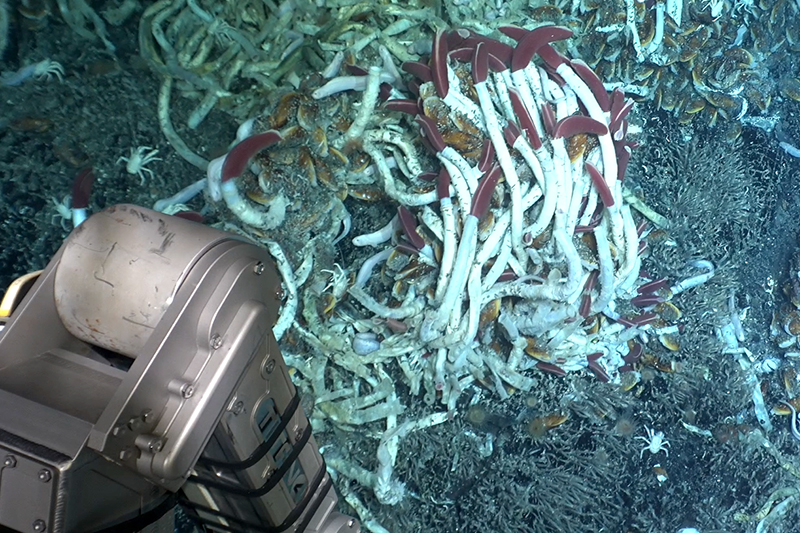2025-05-12 ノースカロライナ州立大学 (NCState)
<関連情報>
- https://news.ncsu.edu/2025/05/clean-air-clean-water-tradeoffs/
- https://ehp.niehs.nih.gov/doi/10.1289/EHP15059
固形燃料で飲料水を沸騰させることによる健康へのトレードオフ:モデル研究 Health Trade-offs of Boiling Drinking Water with Solid Fuels: A Modeling Study
Emily Floess, Ayse Ercumen, Angela R. Harris, and Andrew P. Grieshop
Environmental Health Perspectives Published:9 May 2025
DOI:https://doi.org/10.1289/EHP15059
Abstract
Background:
Billions of the world’s poorest households are faced with the lack of access to both safe drinking water and clean cooking. One solution to microbiologically contaminated water is boiling, often promoted without acknowledging the additional risks incurred from indoor air degradation from using solid fuels.
Objectives:
This modeling study explores the tradeoff of increased air pollution from boiling drinking water under multiple contamination and fuel use scenarios typical of low-income settings.
Methods:
We calculated the total change in disability-adjusted life years (DALYs) from household air pollution (HAP) and diarrhea from fecal contamination of drinking water for scenarios of different source water quality, boiling effectiveness, and stove type. We used Uganda and Vietnam, two countries with a high prevalence of water boiling and solid fuel use, as case studies.
Results:
Boiling drinking water reduced the diarrhea disease burden by a mean of 1100 DALYs and 367 DALYs per 10,000 people for those under and over 5 years of age in Uganda, respectively, for high-risk water quality and the most efficient (lab-level) boiling scenario, with smaller reductions for less contaminated water and ineffective boiling. Similar results were found in Vietnam, though with fewer avoided DALYs in children under 5 due to different demographics. In both countries, for households with high baseline HAP from existing solid fuel use, adding water boiling to cooking on a given stove was associated with a limited increase in HAP DALYs due to the log-linear exposure-response curves. Boiling, even at low effectiveness, was associated with net DALY reductions for medium- and high-risk water, even with unclean stoves/fuels. Use of clean stoves coupled with effective boiling significantly reduced total DALYs.
Discussion:
Boiling water generally resulted in net decreases in DALYs. Future efforts should empirically measure health outcomes from HAP vs. diarrhea associated with boiling drinking water using field studies with different boiling methods and stove types. https://doi.org/10.1289/EHP15059




